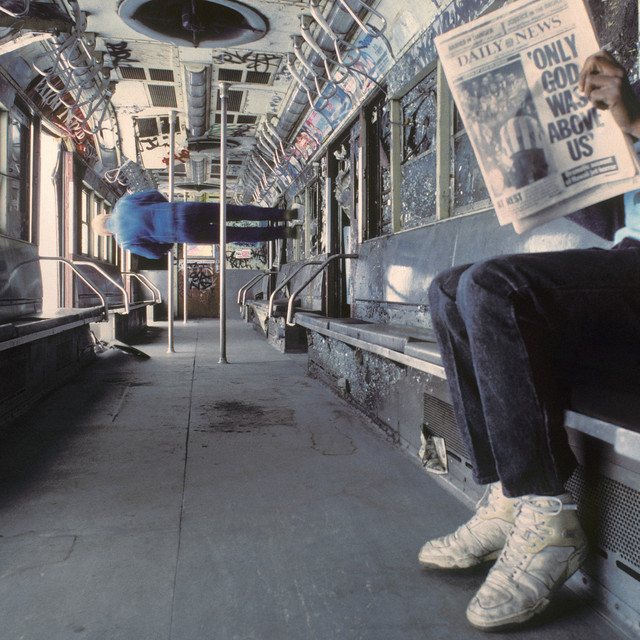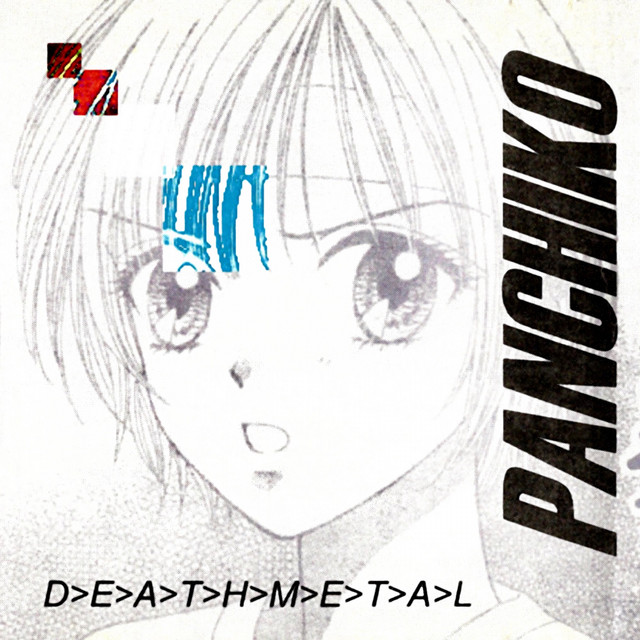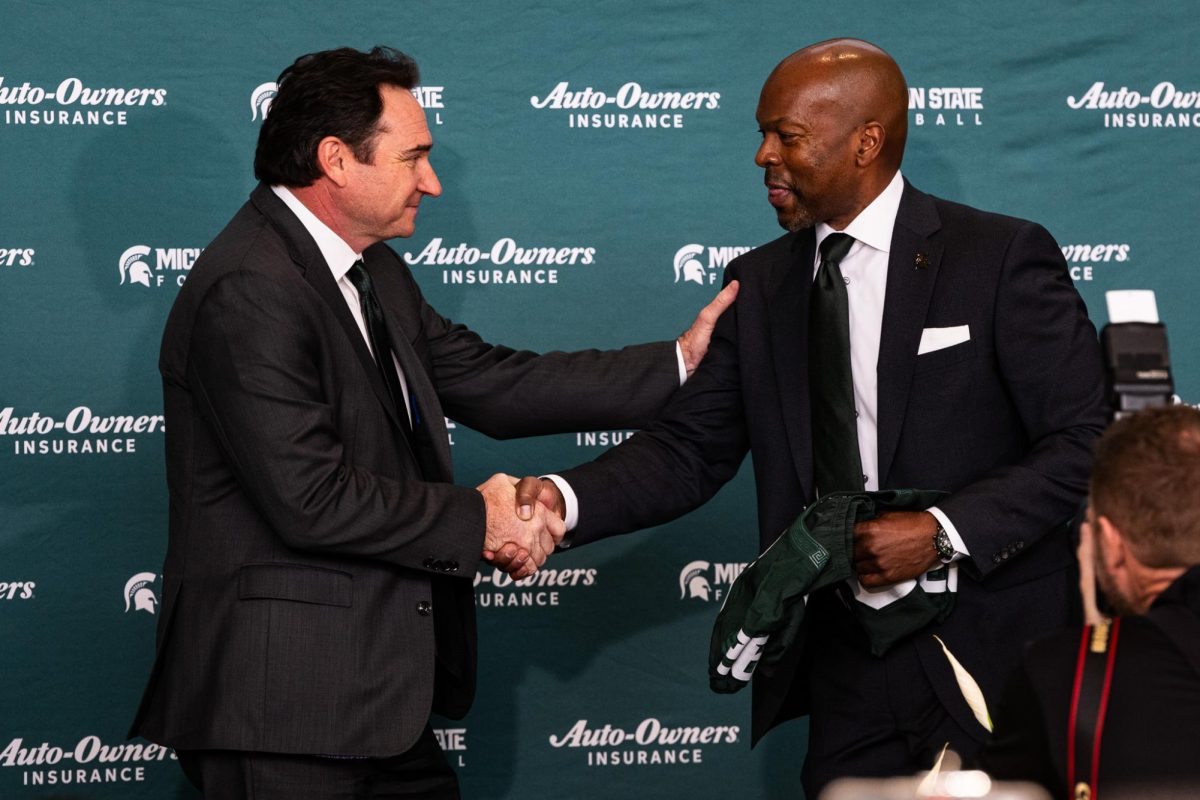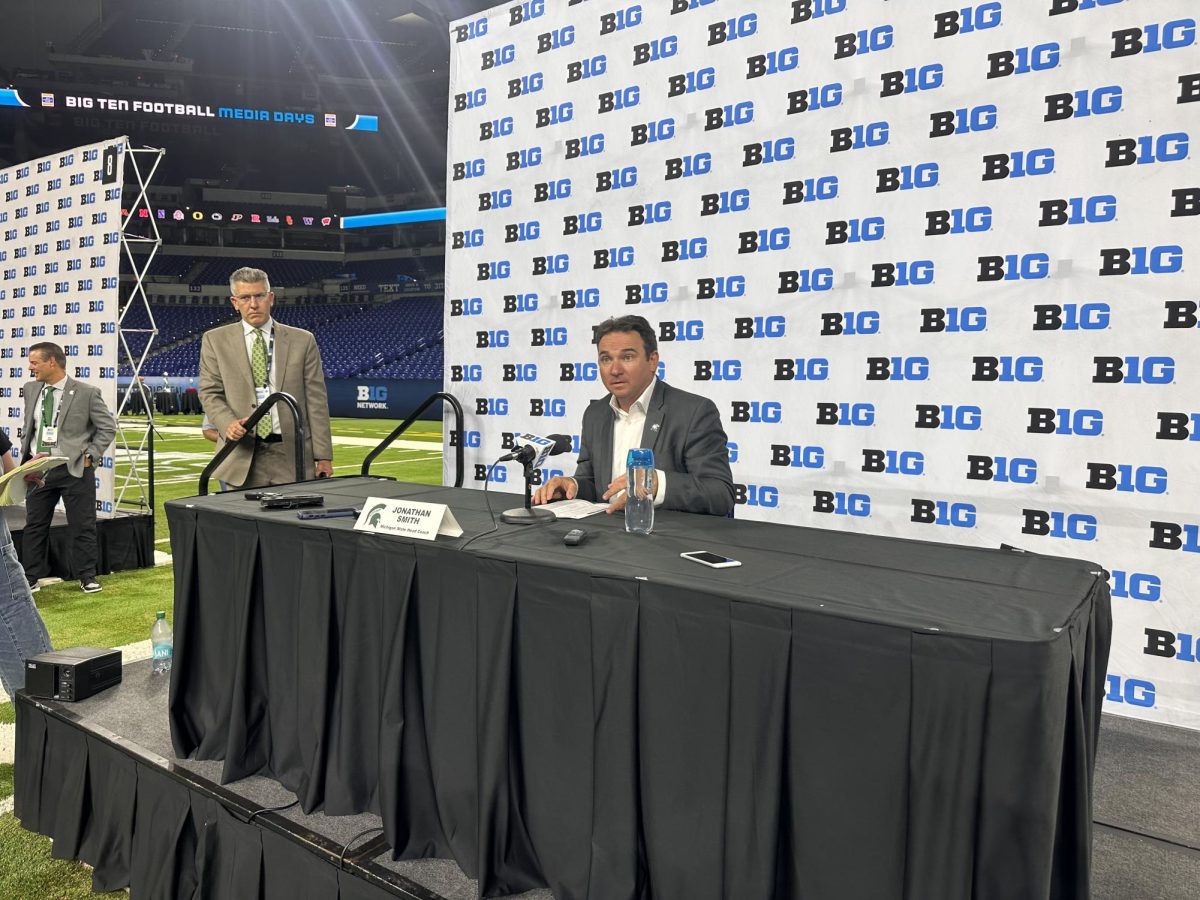Detroit’s 2014 Report Card #1: Starting Pitching
October 30, 2014
Tiger Talk host Tony Garcia and I have given Detroit its two-week moratorium. We mourned, we cried, we flew through all five stages of depression before Kansas City lost a postseason game.
Now begins the tough part of the job. Grading and judging our beloved team, stacking them against one another to decide who makes the cut and who may hit the cutting room floor.
Detroit saw the postseason for less than five days, someone needs to be blamed. Someone needs to be judged. Someone needs to give these Tigers an arbitrary grading letter to determine their worth.
We believe we are those people.
A review of 2014 and the postseason to boot for all who donned the English D. We begin our report card with the heftiest and most star-struck part of the Tigers roster: the starting rotation.
Most passed, we could not help ourselves; we love our Tigers equally. Just some more equally than others.
The Vet: Justin Verlander
2014 Line: (15-12), 4.54 ERA, 1.40 WHIP, 159 K’s
Justin Verlander remains the only Tiger from the magical 2006 season. He has been around for it all, and next year will join the magical, rare list in the current state of the MLB to have played for at least 10 years all with one team. Verlander is synonymous with Detroit at this point. But is that a good thing?
Verlander’s 2014, statistically, was one of the worst of his career. He failed to reach 200 strikeouts in a season for the first time since 2008. His mid-four ERA and and almost mid-one WHIP were both the second worst of his MLB life, the first being, well, 2008. His win total, arbitrary as the category may be, was the second lowest of his career. I think you can assume what was first. Detroit’s success as a team has hinged on the star for so long. Saying the hometown hero is to blame for a sweep against Baltimore is stretching, but he certainly failed when it came to giving Detroit a consistent chance to win games.
“Past his prime” is a scary phrase to use with Verlander, a man with $200 million coming to him through 2019 in Detroit. A man whose fastball speed has been decreasing ever since his MVP season in 2011. Verlander reached 100 mph once in his 2013 season. He never reached it in 2014. The command was sloppy, the strikeouts came at a premium. His K/9 in 2014 finished at 6.95, a dip below seven per game for the first time since 2006. Everything about Verlander’s stat line screams ‘washed up.’ Or injured. Detroit should hope its the second, which is far from a cry to grab pitchforks.
The offseason is a long, restful period to regain himself. Time heals all wounds, especially that blank spot next to the 2014 division title banner. There is little to predict about this team in an offseason, but one I am confident about is Verlander’s admittance he played through an injury through much of 2014. I would be more worried about him if he did not.
Verlander passes, but only because Detroit did. The leash gets shorter for the veteran, and with the leash does also Detroit’s patience.
2014 Grade: C-
The New Guy: David Price
2014 Line: (15-12), 3.26 ERA, 1.08 WHIP, 271 K’s
I look at David Price, and I glance back at Verlander. Then I laugh at just how misleading the win-loss column is in a stat book. Sure, Price spent the majority of 2014 playing for a team with 85 losses. For most of 2014, Price was on a different playing level than Verlander.
Perhaps I find myself giving too much credit to the ex-Ray. Price had his moments in Detroit, highlighted with his eight inning, one-hitter with no earned runs and a notch in the loss column. He also had a rough transition from the East Coast.
His first month in Detroit ended with a 4.41 ERA and 35 strikeouts, a season low. Contributed, in part, by learning a new routine, new catcher and new signals. A 2,000 mile move is difficult on even the best.
But Price also came with a…price. A hefty one at that. One year at $14 million, Price may have been a one-year addition to the roster, winning it all then moving to the star elsewhere. Lack of hardware proved the expenditure was a failure, but Dave Dombrowski hardly needs reminding.
If Max Scherzer truly wants to stay in Detroit, he gets the nod over Price. A three-man rotation of Cy Young winners would break anyone’s bank, especially one in Detroit requiring so many contract extensions. Price has one year left of arbitration in Detroit before he moves to the free agent market.
Price wants to be the ace. He might deserve it. In Detroit there can only be one, and he picked the worst queue in the American League to join.
2014 Grade: B+
The Solution: Anibal Sanchez
2014 Line: (8-5), 3.43 ERA, 1.10 WHIP, 102 K’s
Anibal Sanchez was going to cause chaos in the postseason rotation. Just as the hitters that face him, Sanchez’s place in the starting five was confusing for all analytics trying to rank Detroit’s rotation. He can strike out 17 batters in a game or completely implode.
The thorn in Sanchez’s side is his ability, or lack thereof, to finish batters quickly. The full count messes in the first-third innings causes a spike in his pitch count, driving an otherwise cruising Sanchez to exit the game after just six, which, for any other playoff team, would be a welcoming sight. Detroit’s bullpen has other problems, problems that have been and will continue to be discussed ad nauseum. Three innings for the bullpen to create disaster is too long, and Sanchez fails to fit on a team without that ability to hold leads.
He also lacked playing consistency. Two separate injuries during the season sidelined him for a combined two months, and exited his starting role just as David Price entered the rotation. Combined with the weapons of Scherzer and Verlander, Detroit fans were salivating thinking of four possible aces in the same rotation. The injury occurred on August 8, and Detroit never saw the rotation all the way through.
Although I would be slapped if I suggested this, Sanchez’s injury may have helped out Detroit. His bullpen assistance after his injury, however brief, was a breath of cool air in a drowning postseason cast. Three innings, no runs, and a standing ovation for the one man who escaped multi-inning relief without surrendering a run.
In a team that may be losing half their starting rotation, Sanchez comes as an almost guarantee to stay in Tiger Town. He was far from spectacular, inconsistent, underutilized, but a man Detroit would hate to lose.
2014 Grade: B
The Coming-of-Age Story: Rick Porcello
2014 Line: (15-13), 3.43 ERA, 1.23 WHIP, 129 K’s
Porcello had been the dumpster diver for Detroit’s rotation for a couple years. It was expected — he was a rookie, a youngster. A manager can only ask so much of a rookie who still cannot drink. Fast forward to 2013, fans begin to grow impatient with Porcello. An average mid-four ERA so regulative of everything he’s done in his younger years, it was beginning to look like he was just an average pitcher.
Then 2014 arrived, and with it came the adult, the man: Mr. Rick Porcello. An ugly September aside, Porcello worked most of the year with an ERA hovering around 3.00, with a win-loss record that reached the top of the majors. The Cy Young Award may have been nothing more than a passing thought in Porcello’s head, but a couple more seasons of work like 2014, and the award should be the next goal for the youngster.
And it was about time. Porcello shaved a little bit off nearly every stat line: an ERA of mid-four dropped to mid-three, a WHIP of 1.35 dropped to 1.23, and his innings pitched rose to the highest of his career.
As mentioned earlier with Sanchez, quality and deep starts were absolutely crucial to success, and Porcello finally learned a win meant seven, possibly eight innings. The leash was shorter with him than the likes of Scherzer or Verlander, if only to save his arm. But three complete games, wait, amend that, three complete game shutouts in 2014 means he and Verlander are definitely in a different category. One where Verlander is looking up.
Porcello did and should continue to ascend the ranks of hometown talent in Detroit. His best years are ahead of him, hopefully much farther down the road if he continues the to climb the MLB starter ranks. Dombrowski traded a Cy Young hopeful Doug Fister in favor of Porcello. In 2014, he finally showed us what the front office knew all along.
2014 Grade: A
The Ace(?): Max Scherzer
2014 Line: (18-5), 3.15 ERA, 1.18 WHIP, 252 K’s
We sigh and we cry while we make this declaration, but it seems more than likely that we saw Scherzer and his beautiful asymmetrical eyes take the mound in Detroit for the last time. At least wearing Orange and Blue. Scherzer can tell the media he wants to remain a Tiger after 2014 until spring training 2015, but anyone turning down six years, $144 million is looking for something else out of life.
Scherzer wants to be the ace. Heck, he is the ace. An ace on a team of aces says something about just how dominant the man has been on the mound in 2013 and 2014. The numbers are clear, the strikeouts pale only in comparison to another man in Detroit. Verlander may always be the fan favorite, but when talent factors in Scherzer will still remain supreme. And Detroit may have to say goodbye.
But enough of the pleasantries. Did he shake away the offseason buzz about the contract and pitch like a madman? Short answer is yes. Long answer is yes, but not as dominant and overpowering as last year. It’s hard to beat a Cy Young year, a sophomore slump usually follows after the barrel of cash. Scherzer only pegged one out of two. The season ERA jumped back up to over 3.18, as it has for most of his career. The strikeout rate per nine actually rose, but with it so did the walks and runs allowed. Scherzer had a year most expected out of him, and it won’t affect the influx of Benjamins he will find from the Yankees or other prospective teams.
Dombrowski said that the negotiations to keep Scherzer only get harder from here. Instead of a one-on-one talk with Mad Max, 29 other clubs will join the discussion. Detroit would love to keep him, but breaking the bank over yet another star? I think the Tigers have learned the last two innings matter just as much, if not more, as the first seven.
Unless Scherzer wants to close. Then drown the man in money.
2014 Grade: A-
My long winded rant on our Kitties comes to a close. Superstar and self-proclaimed model Tony Garcia will grace the internet with his presence in Detroit Report Card Part #2 in the following days.
Richie Cozzolino is the co-host of Tiger Talk for Impact Sports





























